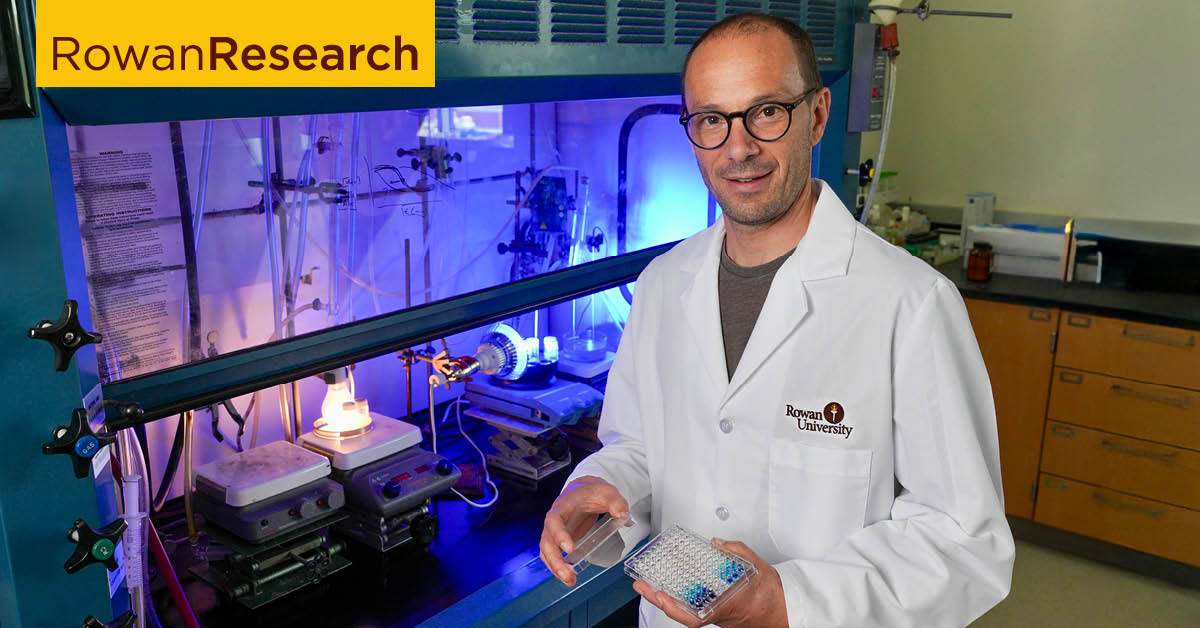Applying chemistry to biological systems research
Applying chemistry to biological systems research
October 2, 2025

Lark Perez bridges chemistry and biology to improve health.
Lark Perez, Ph.D.
Organic chemist
Areas of expertise:
Organic chemistry, chemical signaling, microbiology
More informationAs an organic chemist, Lark Perez studies the chemical structures of molecules that exist in nature—and as a synthetic chemist, he uses this knowledge to create molecules that have never existed before.
“My research involves applying the tools of organic chemistry to enable discoveries in the study of biological systems,” he said.
With collaborators at other institutions, Perez has been studying the bacterial pathogen that causes the disease cholera in a project that has been continuously funded for more than 10 years by the National Institutes of Health. By investigating how this pathogen uses compounds found in the gastrointestinal tract of hosts, researchers can better understand how the bacteria causes disease and can develop new treatments.
In a project funded by the New Jersey Health Foundation and the National Science Foundation, Perez and collaborators are analyzing the chemical profile of clinical samples from patients who have gastrointestinal disease. Diagnosing irritable bowel syndrome (IBS) currently requires a costly, time-consuming process to exclude other causes of gastrointestinal disease.
“Using chemistry to better understand this biological phenomenon has forced us to entirely rethink disease diagnosis,” Perez said. “A large number of people would benefit from the next-generation diagnostics we’re working to develop.”
Perez is also using biology to solve a fundamental technical challenge in photoredox catalysis, which involves harnessing light to provide an energy source for chemical reactions. Perez and his students recently demonstrated the first successful bioluminescence-induced photoredox reaction which he named BIPR, using communities of bioluminescent bacteria—a renewable form of energy—as individual light sources to catalyze chemical reactions.
“My motivation is to apply the skills of a chemist to understand these large, complex biological systems,” Perez said. “I love to think about changes in bacterial gene expression, like bioluminescence, starting at the chemical, molecular level and building up.”
Rowan University researchers are passionate about what they do. Find more at Meet Our Researchers.